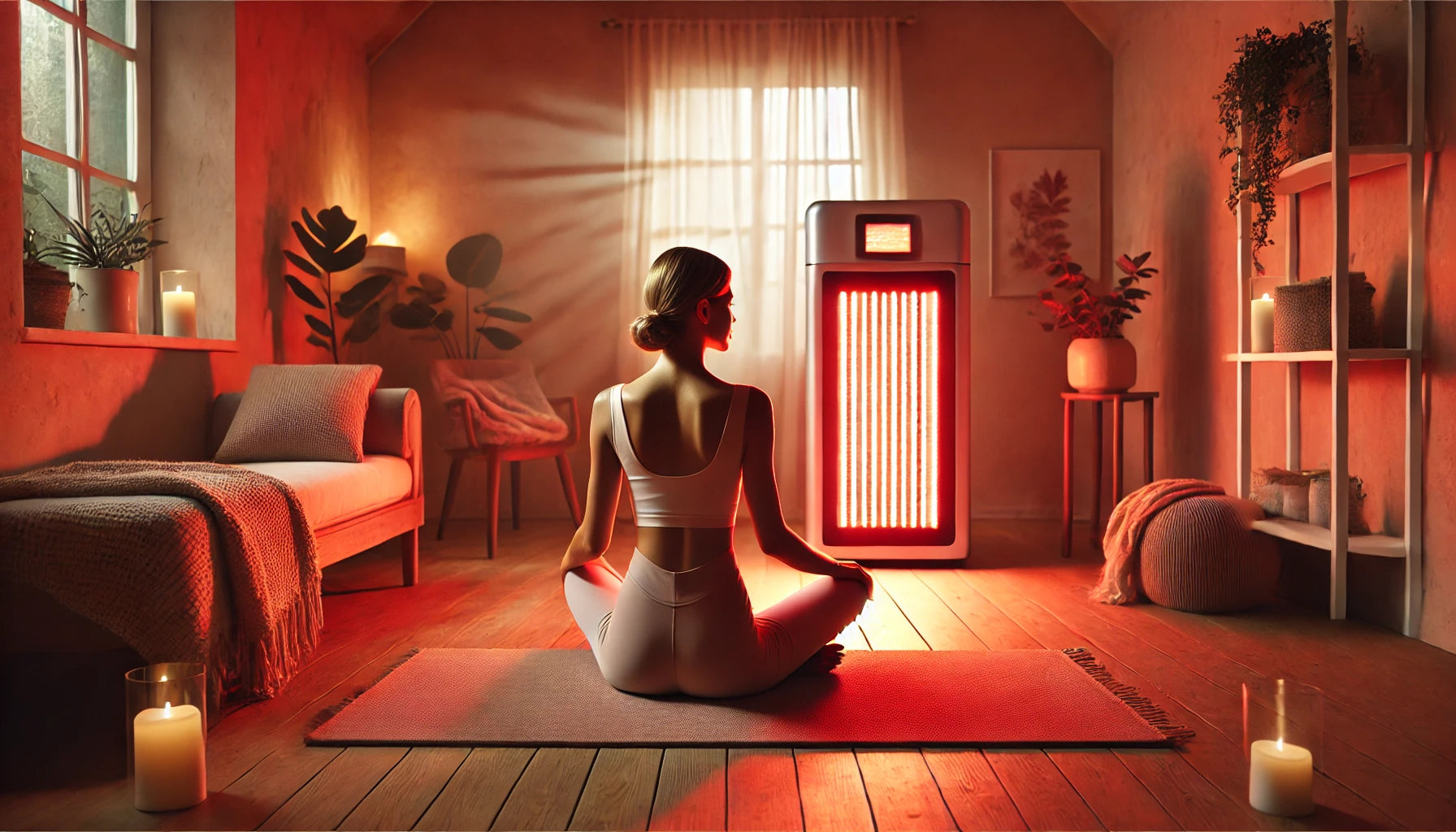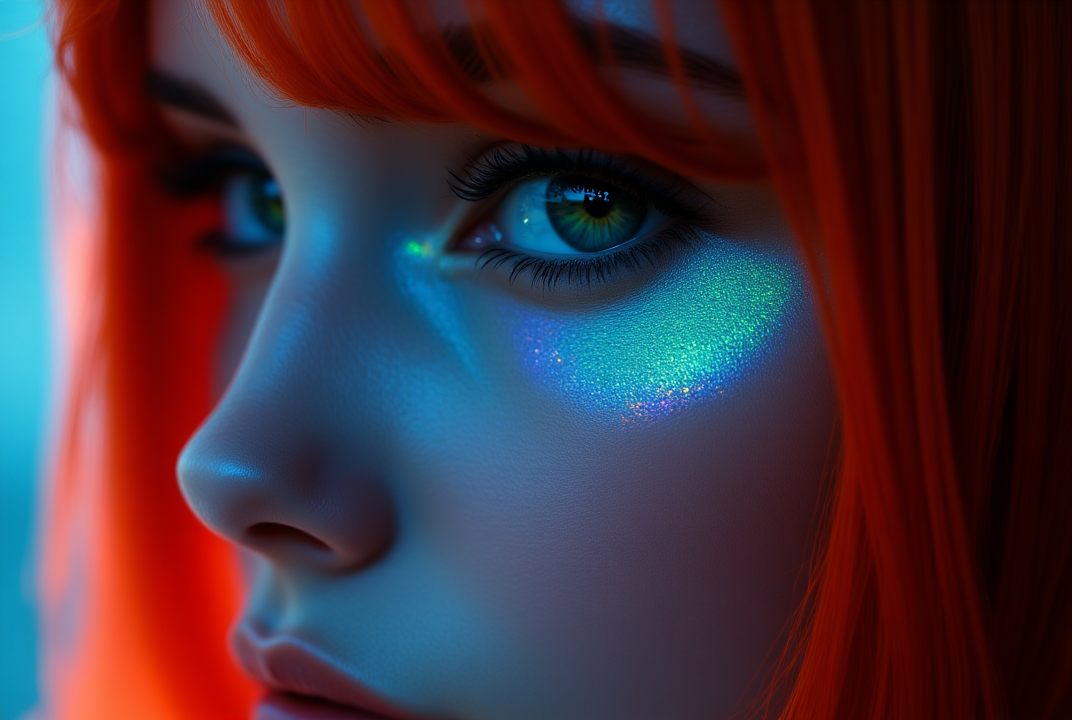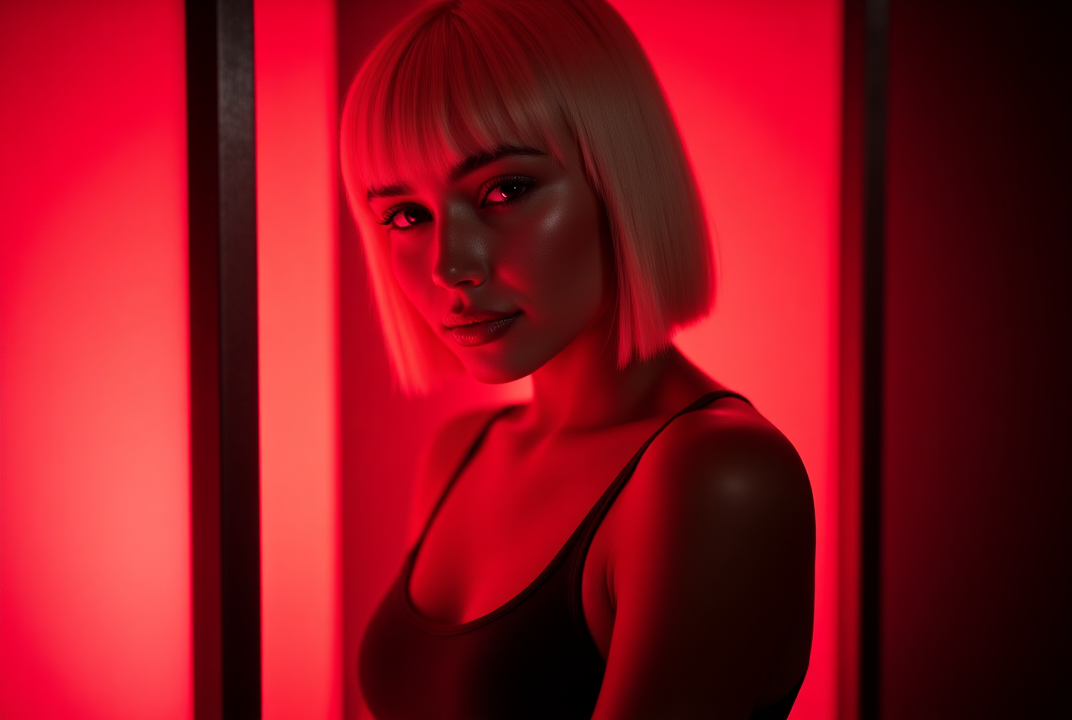Red light therapy (RLT) has captured the attention of health enthusiasts, skincare aficionados, and biohackers alike, offering a promising avenue for enhancing well-being and vitality. As this cutting-edge therapy gains momentum, one question remains at the forefront: how long does it take for red light therapy to work? Whether you're seeking to improve skin health, expedite muscle recovery, or manage chronic pain, understanding the timeline for results is essential. This article will illuminate the pathways to success with RLT, providing insights into the factors that shape your journey and guiding you toward achieving your health goals with confidence.
What Factors Influence How Long It Takes For Red Light Therapy To Work?
Individual Health and Condition
The time it takes for red light therapy to yield noticeable results can vary significantly based on an individual's health status and the specific condition being treated. For instance, someone using RLT for minor skin blemishes may observe improvements more quickly than someone addressing chronic pain or severe skin conditions. The body's baseline health, including factors such as age, metabolism, and overall vitality, can also play a crucial role in determining how swiftly results manifest.
Frequency and Duration of Treatment
Consistency is key when it comes to red light therapy. The frequency and duration of each session can greatly influence the speed at which results are achieved. Regular sessions, typically ranging from a few minutes to half an hour, several times a week, are often recommended for optimal outcomes. Adhering to a consistent schedule allows the cumulative effects of RLT to build over time, enhancing its efficacy and accelerating the appearance of desired results.
Device Quality and Wavelength
The quality of the RLT device and the specific wavelengths it emits are critical factors in determining how quickly results can be seen. Devices that deliver the appropriate wavelengths—usually between 600 to 1000 nanometers—are more effective in penetrating the skin and reaching the targeted tissues. High-quality devices with adequate power output ensure that the therapy is both safe and effective, potentially shortening the time needed to experience benefits.
Targeted Area and Treatment Goals
The area of the body being treated and the specific goals of the therapy, including tissue regeneration, can also impact the timeline for results. For example, skin-related goals such as reducing wrinkles or improving complexion might show visible changes sooner than deeper tissue goals like muscle recovery or joint pain relief. Understanding the nature of the targeted area and aligning treatment expectations accordingly can help in setting realistic timelines for observing improvements.
Lifestyle and Complementary Practices
Lifestyle choices and complementary health practices can significantly influence the effectiveness of red light therapy by improving circulation. A balanced diet, adequate hydration, regular exercise, and sufficient sleep can enhance the body's response to RLT, potentially speeding up the appearance of results. Additionally, integrating RLT with other therapeutic modalities, such as massage or physical therapy, may amplify its benefits and contribute to a more rapid achievement of health goals.
How Long Does It Take For Red Light Therapy To Work?
The timeline for experiencing results from red light therapy (RLT) can vary widely depending on several factors, including the individual's health condition, the specific goals of the therapy, and the consistency of treatment. Generally, users may begin to notice subtle improvements within a few weeks of regular use, with more pronounced results typically emerging after six to eight weeks of consistent application. For skin-related benefits, such as enhanced complexion or reduced wrinkles, visible changes might appear sooner, while deeper tissue benefits, like muscle recovery or pain relief, may require a longer duration to manifest. Ultimately, the key to achieving optimal results lies in maintaining a consistent treatment schedule and integrating RLT into a holistic wellness routine.
Can You Overuse Red Light Therapy?
While red light therapy (RLT) is generally considered safe and non-invasive, it is possible to overuse it, which may lead to diminishing returns or even adverse effects. Overexposure to RLT can result in skin irritation, redness, or increased sensitivity, particularly if sessions are excessively long or too frequent. It's crucial to adhere to recommended guidelines for session duration and frequency, typically ranging from a few minutes to half an hour, several times a week, depending on the device and treatment goals. By following these guidelines, users can maximize the benefits of RLT while minimizing the risk of overuse, ensuring a balanced and effective approach to this innovative therapy.
Is 5 Minutes Of Red Light Therapy Enough?
Five minutes of red light therapy (RLT) can be sufficient for certain applications, particularly for individuals just beginning their RLT journey or targeting specific, smaller areas of the body. Shorter sessions can be beneficial for those with sensitive skin or for maintenance purposes once initial results have been achieved. However, the effectiveness of a five-minute session largely depends on the quality and power of the RLT device, as well as the specific health goals being pursued. For more comprehensive benefits, such as deeper tissue repair or significant skin improvements, longer sessions—typically ranging from 10 to 20 minutes—may be more appropriate. Ultimately, it's essential to tailor the duration of RLT sessions to individual needs and to follow the manufacturer's guidelines to ensure optimal results.
How Can You Track and Measure Progress with RLT?
Tracking and measuring progress with red light therapy (RLT) involves a combination of subjective observations and objective metrics to assess improvements over time. Start by documenting your baseline condition with photos, notes, or measurements before beginning RLT, focusing on specific areas of concern such as skin texture, pain levels, or muscle recovery. Regularly update this documentation at consistent intervals, such as weekly or bi-weekly, to capture changes and trends. Additionally, consider using tools like skin analysis apps, pain scales, or fitness trackers to provide quantifiable data on your progress. By maintaining a detailed record of your RLT journey, you can more accurately evaluate its effectiveness, make informed adjustments to your regimen, and celebrate the milestones achieved along the way.
Tips For Maximizing The Speed Of Red Light Therapy Results
- Consistency is Key: Establish a regular RLT schedule, ideally several times a week, to allow the cumulative effects of the therapy to build over time. Consistent application is crucial for accelerating results and achieving long-term benefits.
- Optimize Session Duration: Follow recommended guidelines for session length, typically ranging from 10 to 20 minutes, depending on the device and treatment goals. Avoid excessively long sessions, which can lead to diminishing returns or skin irritation.
- Choose the Right Device: Invest in a high-quality RLT device that emits the appropriate wavelengths, usually between 600 to 1000 nanometers, to ensure effective penetration and maximize therapeutic benefits.
- Complement with a Healthy Lifestyle: Enhance the efficacy of RLT by maintaining a balanced diet, staying hydrated, exercising regularly, and getting adequate sleep. These lifestyle factors can improve your body's response to the therapy and speed up results.
- Monitor and Adjust: Keep track of your progress through photos, notes, or measurements, and be open to adjusting your RLT regimen based on observed outcomes. Tailoring your approach to your unique needs can help optimize results and ensure continued improvement.
Conclusion
In conclusion, red light therapy (RLT) offers a promising, non-invasive approach to enhancing health and well-being across a spectrum of applications, from skin rejuvenation and anti-aging to muscle recovery and pain relief. While the timeline for experiencing results can vary based on individual factors and treatment goals, understanding the key elements that influence RLT's effectiveness empowers users to optimize their therapy regimen. By maintaining consistency, choosing the right device, and integrating RLT into a holistic lifestyle, individuals can maximize the speed and impact of their results. As you embark on your RLT journey, remember to track your progress and remain adaptable, ensuring that you harness the full potential of this innovative therapy to achieve your health and wellness aspirations.
Final Thoughts
Are you ready to elevate your wellness journey with cutting-edge red light therapy solutions? At EMR-TEK, we are dedicated to providing you with top-tier devices that cater to your unique lifestyle needs. Whether you seek sleek, portable options for on-the-go convenience or robust systems for home or professional settings, our offerings are designed to seamlessly integrate into your daily routine. Explore our range of red light therapy devices and take a step closer to achieving your health and beauty goals with our state-of-the-art technology.
Sources
- https://www.medicalnewstoday.com/articles/325884
- https://dlmconversion.com/blog/why-before-and-after-photos-are-important-for-your-practice
- https://www.verywellhealth.com/lifestyle-factors-health-longevity-prevent-death-1132391
Disclaimer*: EMR-TEK’s red infrared light therapy devices, blue light blocking glasses, and other products are intended solely for personal wellness and fitness use. They are not designed to diagnose, treat, cure, or prevent any disease and should not be considered medical devices. We do not make any therapeutic claims. Our products align with the FDA’s “General Wellness: Policy on Low Risk Devices” guidelines and do not require FDA clearance. Please note, EMR-TEK’s products are for personal use only and not for commercial application.*




Share:
What Wavelength Is Red Light Therapy: RLT Wavelengths
Red Light Therapy vs Infrared Sauna: What’s The Difference?